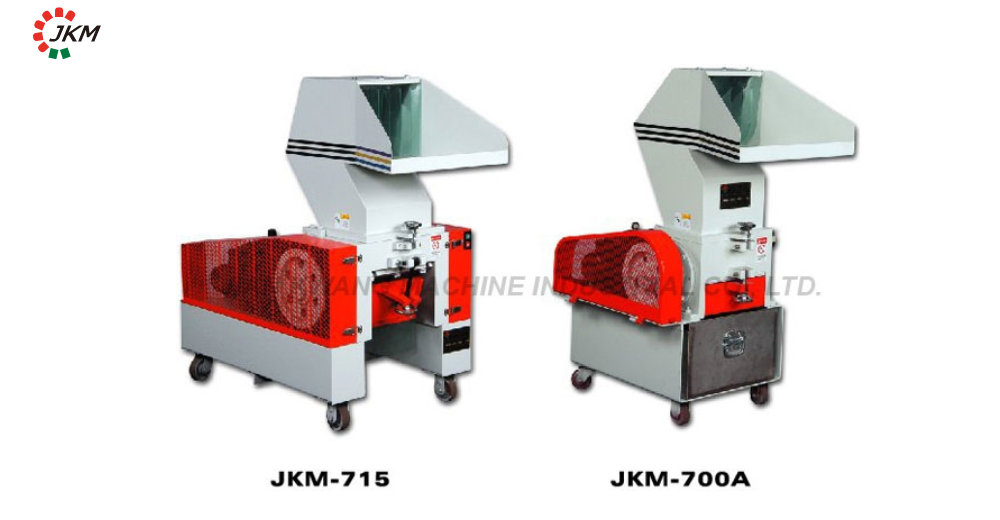
How to Choose the Right Shredder: Types, Features, and Selection Tips (Including Heavy-Duty Shredders)

Introduction: Why Shredder Selection Matters More Than Ever
As industries worldwide move toward circular economy practices and ESG (Environmental, Social, and Governance) compliance, the role of industrial shredders has evolved. Today’s factories, recyclers, and waste processors don’t just need a machine that shreds—they need a solution that meets specific material, safety, and sustainability requirements.
Choosing the right shredder is no longer a procurement detail—it’s a strategic decision that directly affects productivity, equipment longevity, operating costs, and environmental impact.
1. Understand the Common Types of Shredders
Not all shredders are created equal. Selecting the right type based on your application is the first step:
- Single-Shaft Shredders: Ideal for medium-hard materials like plastic drums and packaging, producing consistent output size.
- Double-Shaft Shredders: Designed for mixed materials with higher torque for bulkier or tougher waste streams.
- High-Torque / Powerful Shredders: Best for very dense, abrasive, or reinforced materials like tires, metals, composites, and automotive parts.
- Four-Shaft Shredders: Used for secure destruction in sensitive applications like medical or defense waste.
- Granulators (Fine Shredders): Secondary machines that reduce particle size further after coarse shredding.
2. Match the Shredder to Your Material
Material compatibility is crucial for both efficiency and longevity of the equipment:
- Soft plastics require high-RPM shredders with sharp, clean blades.
- Foams (EVA, TPR) need gentle feeding systems and jam-prevention design.
- Hard plastics, composites, or laminated materials require wear-resistant blades and reinforced chambers—best handled by high-torque shredders.
- E-waste or auto parts with mixed metal and plastic components benefit from dual-shaft or heavy-duty configurations.
3. Evaluate Key Features and Performance Factors
When choosing a shredder, consider features that support both uptime and output quality:
- Replaceable and durable blade systems, preferably heat-treated or coated.
- Overload protection and automatic reverse to avoid jams or damage.
- Low-speed, high-torque operation for heavy-duty tasks with minimal vibration.
- Integrated feeding hoppers, conveyors, and discharge controls.
- Ease of maintenance and tool-free access to cutting chambers.
4. Prioritize Energy Efficiency and Sustainability
Today’s shredders are part of a company's ESG performance and operational sustainability:
- Use energy-efficient motors, inverters, and load-adjusted controls.
- Control dust, noise, and vibrations for safer and greener operations.
- Maximize material recovery with higher shredding accuracy and reduced contamination.
- Enable compliance with ISO 14001 or local environmental standards.
5. Work With a Knowledgeable and Flexible Supplier
Look for a supplier who offers more than just machines:
- Application-specific consultation and material testing.
- Custom designs for hopper, output, or integration into a full line.
- Post-sale support, spare parts availability, and blade resharpening programs.
- IoT support for predictive maintenance and monitoring (especially for heavy-duty lines).
Conclusion: A Shredder Is More Than a Machine—It's a Productivity Asset
The right shredder is no longer a background machine—it’s a frontline system that supports your production line, quality control, and sustainability strategy.
Whether you’re shredding plastic, e-waste, tires, medical waste, or metal composites, choosing the right type—especially heavy-duty shredders where needed—ensures long-term performance and environmental compliance.
Smart shredding is smart business. And in today’s competitive, eco-conscious market, that makes all the difference.
